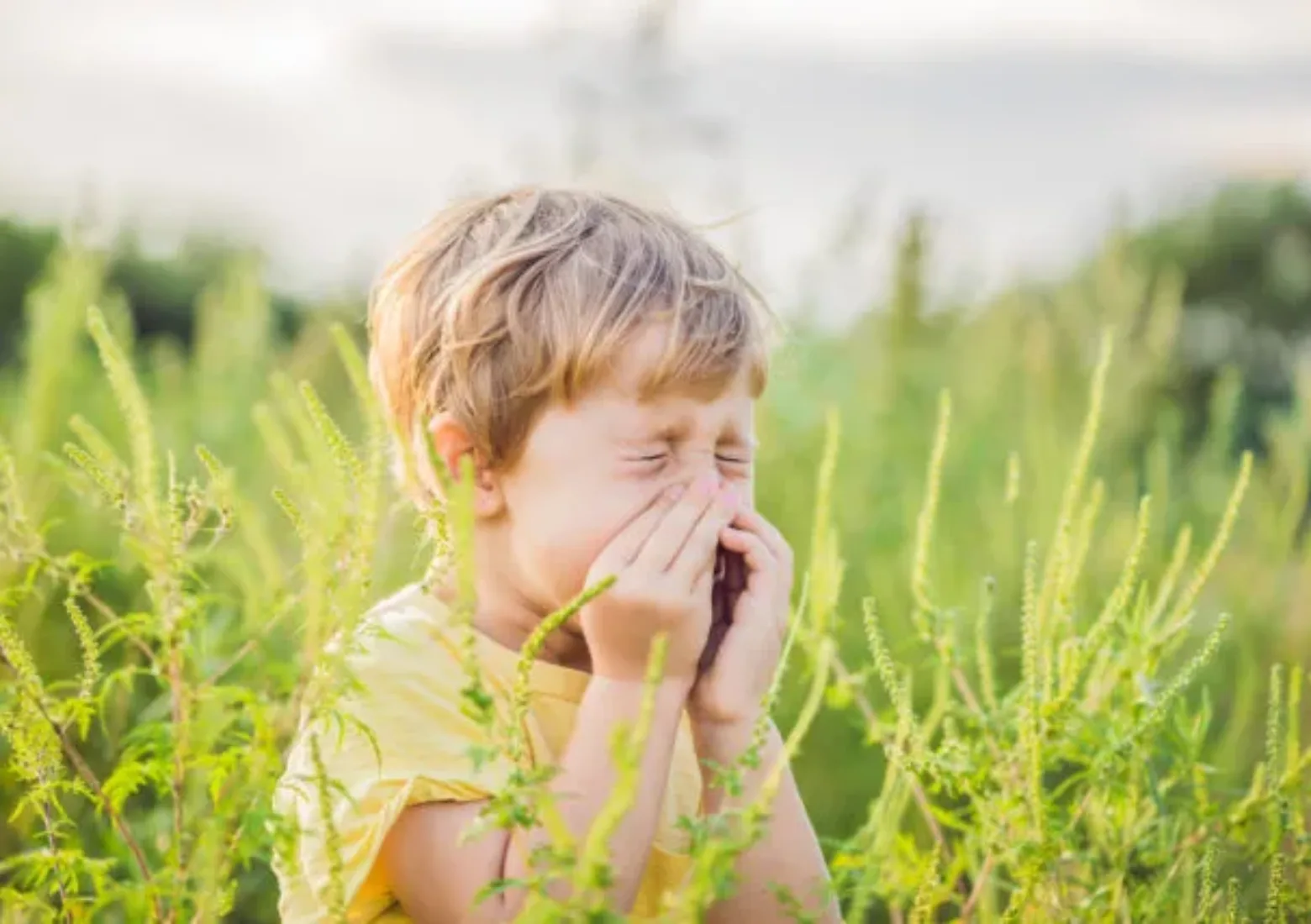Welcome to Allergy Season
April 23 • 2018

April showers bring May flowers, which also carry a host of problems. The sea of pesky yellow dust that we suffer through every year (commonly known as pollen) blankets cars, covers our clothing and finally thickens as we enter into hotter months. To make matters worse, animal dander mixes with pollen to create an allergy sufferer’s worst nightmare. It seems that the only way to alleviate these annoyances is to pop an allergy pill and try to be thankful that “at least it’s no longer winter.” Unfortunately, we haven’t seen the worst of it yet. We’ve officially entered into the Allergy season, and we’re here to make sure you’re well prepared for battle.
Roughly 6.1 million children and 20 million adults in the United States are affected by indoor and outdoor allergies. The suite of conditions within the allergy moniker include allergic rhinitis, allergic asthma, conjunctivitis (eye allergy), and stinging insect allergy. Allergies are triggered when our body’s natural defense mechanisms attack a harmless substance, which can range from a mild disturbance to an all-out onslaught on our senses. We produce antibodies for the invader, which triggers the release of immune system chemicals like histamine, to fight off the allergen. This is what causes the symptoms we’re so familiar with.
In short, your body is at war with the substance—and your nose, eyes, and other sensitive areas are casualties. It’s common for most people to develop responses to more than one allergen, and for our reactions to change over time. Some of the most common allergy triggers include tree, grass and weed pollen, mold spores, dust mites, cockroaches, cat, dog, and rodent dander. Certain proteins and other substances in foods can also trigger allergic reactions, sometimes life-threatening.
Sneezing and watery eyes aren’t the only reactions you may experience. For those who have bronchial conditions (e.g. asthma), allergy symptoms can trigger inflammation in your airways, causing them to constrict and produce extra mucus. This reaction makes it hard to breathe, which can be life-threatening. Allergens can also irritate your skin, eyes, sinuses, and digestive system. And they can make you just plain tired.
Another life-threatening reaction and result of allergies is anaphylaxis. The response can cause you to go into shock from symptoms such as loss of consciousness, a sharp drop in blood pressure, critical shortness of breath, skin rash, lightheadedness, nausea, and vomiting.
When it comes to allergy season, it’s always best to get a head start on treating apparent symptoms. A good first step is an allergy test. There are two types of allergy tests— a skin test where your arm is pricked with suspected allergens, and a blood test. For a skin test, you’ll know pretty quickly what bothers you based on how your skin responds.
At Aylo Health, we perform blood tests called ImmunoCAP, which is most helpful if you have a skin condition (e.g., eczema or psoriasis) or you’re taking medications that could intervene with skin tests. They’re also recommended commonly for children.
In most cases, your first step towards controlling allergies is to schedule an appointment with your primary care doctor. We’ll help identify the cause of your symptoms (in some cases allergies aren’t to blame) and get you on a path to relief. We will also assist you in devising a strategy to avoid certain allergens, prescribe over the counter medication, and refer you to an allergy specialist.
Sure, you could stay inside and seal your windows tight to avoid outside allergens–but it is possible to live your life AND control your sneezing and watery eyes. And while there are over-the-counter medications you can take on your own, they may not be the best course of action. In some cases, they can cause more harm than good. But at the very least you may be missing out on a better, long-term solution. Contact us so we can better prepare you for what’s to come this season, and don’t let pollen ruin your Spring.